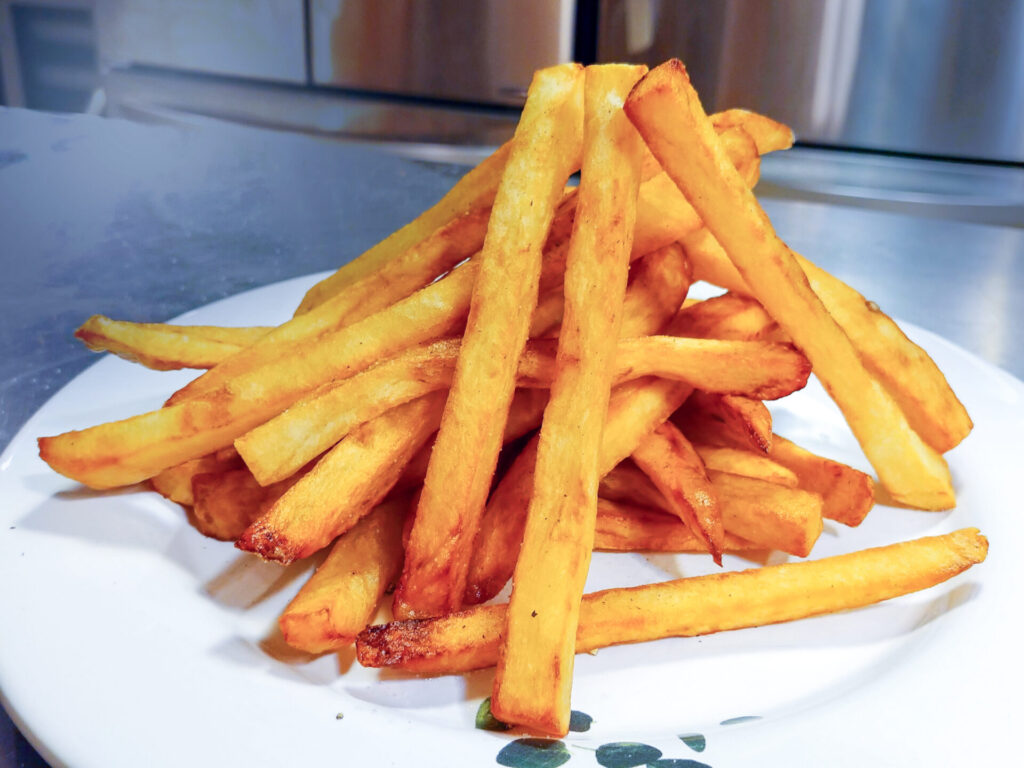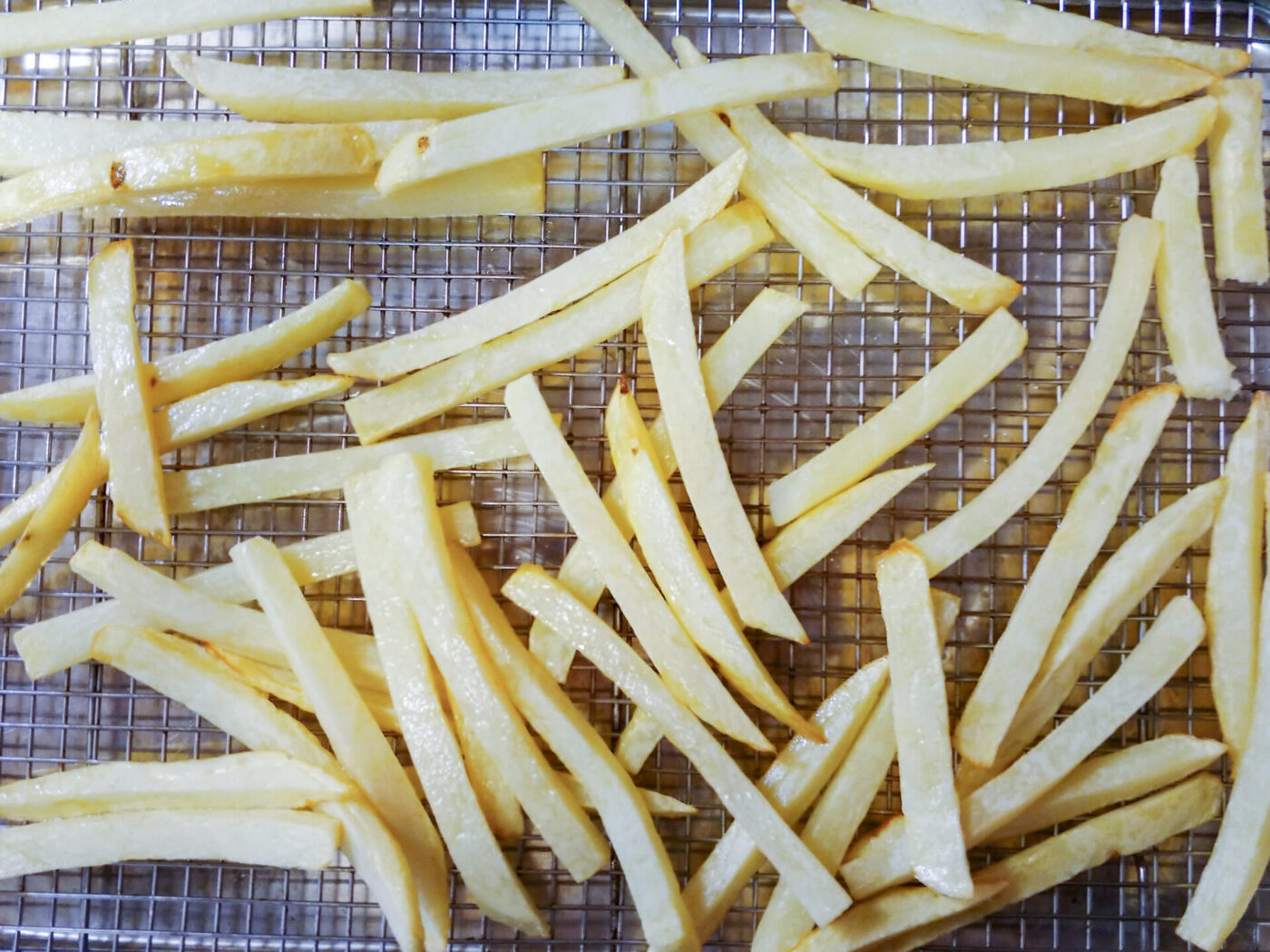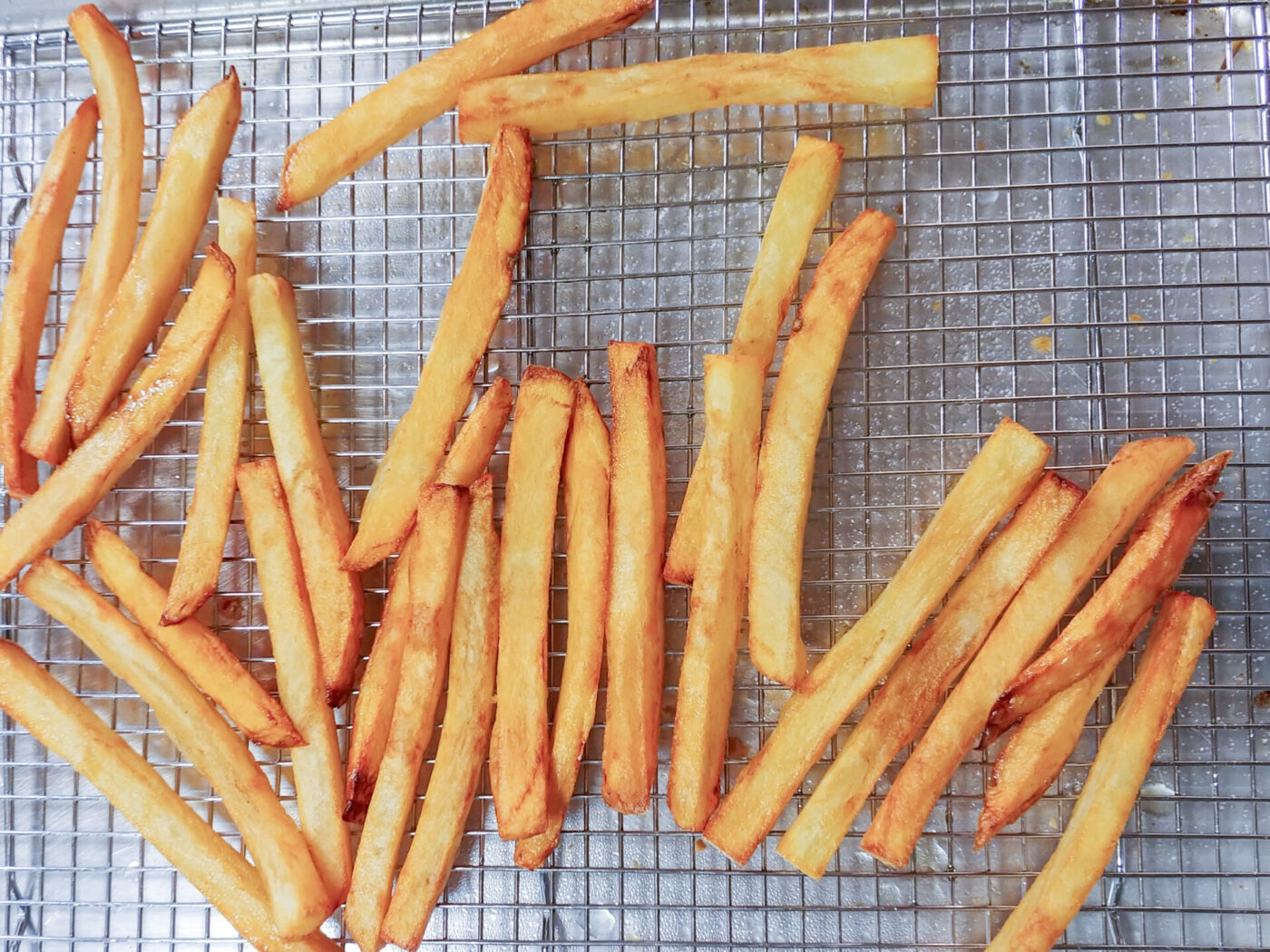History of French Fries
The Humble Spud’s Rise to Fame: Unraveling the History of the French Fry
The French fry. That golden, crispy delight that accompanies countless meals around the world. But have you ever stopped to think about where this beloved food came from? The truth is, its history is a bit of a delicious mystery, full of twists, turns, and competing claims.
French Fries: A Tale of Two Countries
While its name might suggest a Parisian bistro, the origins of the French fry are actually a bit murky. Both Belgium and France lay claim to inventing this culinary treasure, each with their own compelling story.
Belgium’s Claim to Fame
One legend takes us to the Meuse Valley in Belgium centuries ago. Villagers there were known for frying up the small fish they caught in the Meuse River. But when the river froze over in winter, they needed a new source of fried goodness. Resourceful as they were, they turned to potatoes, slicing them into thin, fish-like shapes and frying them to a golden crisp. While this tale is quite charming, there’s not much hard evidence to back it up.
France Enters the Fray
Meanwhile, across the border in France, street vendors were already selling fried potatoes in the bustling streets of Paris around the same time. And if you look back even further, you’ll find that Thomas Jefferson, during his time in France, developed a fondness for “potatoes served in the French manner.” He even brought the recipe back to America with him!
The Mystery of the Name
So, why are they called “French fries” if their origins are so uncertain? Well, that’s another piece of the puzzle. One theory suggests that American soldiers stationed in Belgium during World War I encountered these fried potatoes. Hearing the locals speaking French, they naturally assumed the dish was French and the name stuck. Another possibility is that the term “Frenching” referred to a specific way of cutting vegetables into long strips, so “French fried potatoes” simply described how they were prepared.
From Street Food to Global Phenomenon
No matter where they truly originated, one thing is certain: French fries took the world by storm in the 20th century. The rise of fast food chains played a major role in their popularity. Suddenly, these crispy treats were readily available everywhere, becoming the ultimate side dish for burgers, sandwiches, and more.
But it’s not just convenience that made French fries so popular. They’re incredibly versatile, pairing well with almost any cuisine. And let’s be honest, that combination of a fluffy inside and a crispy outside is simply irresistible!
French Fries: A World of Flavor and Variety
Today, the humble French fry has evolved into a culinary playground. Thick-cut, shoestring, curly, waffle, sweet potato – the variations are endless. And don’t forget the dipping sauces! From classic ketchup to fancy aioli, there’s a perfect pairing for every fry fan.
French Fries: A Culinary Icon
The French fry has truly become a global icon. It represents comfort, indulgence, and shared enjoyment. Whether enjoyed as a quick snack, a side dish, or even a gourmet creation, the French fry continues to delight people of all ages and backgrounds. It’s a testament to the fact that sometimes the simplest pleasures are the most satisfying, and its intriguing history reminds us that even the most familiar foods can have a surprising past.








Share
Click on the icons below to share "Title of the item to share"